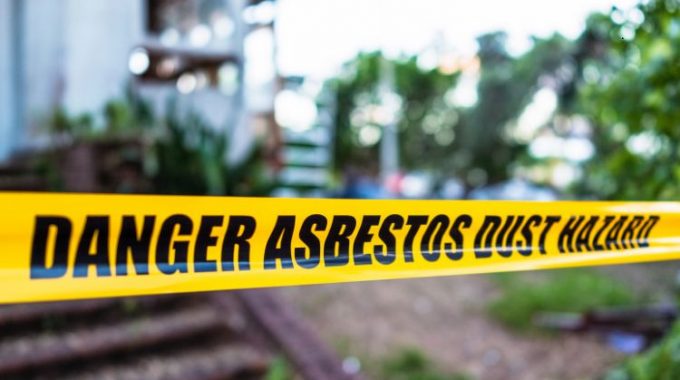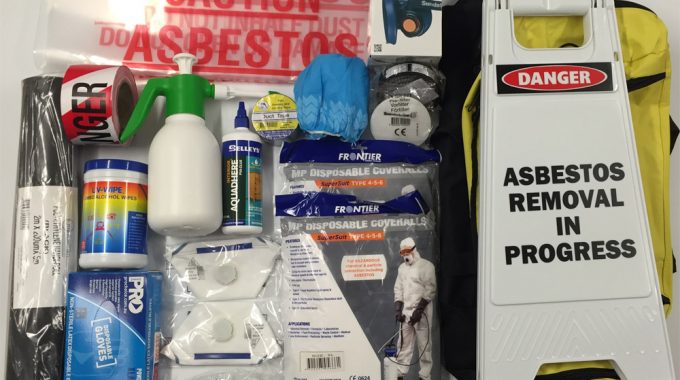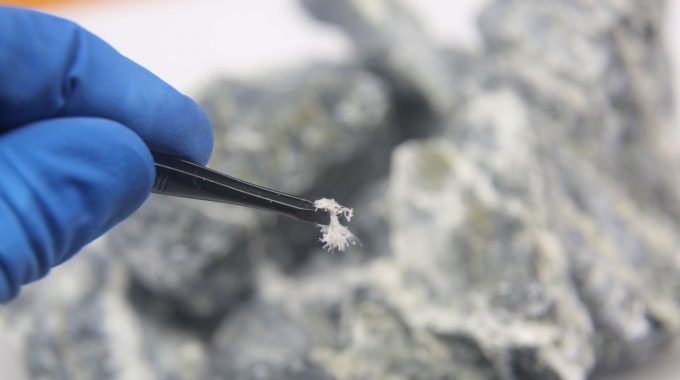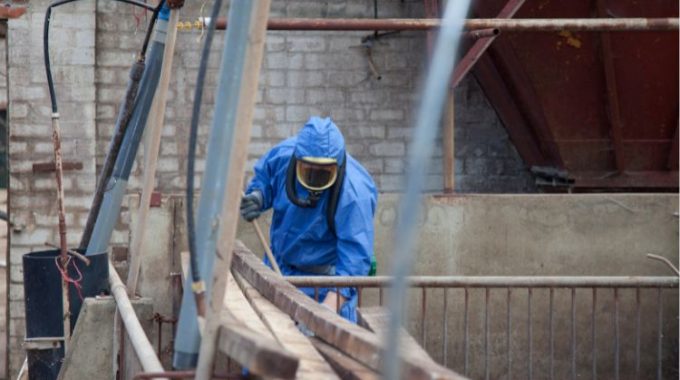Dealing with Bonded Asbestos in Wollongong Properties
Wollongong is a historic city, with the first township in the area being founded more than 150 years ago. This coastal location has grown from strength to strength since then, remaining a centre for industry and shipping that made it so successful during the early 20th century.
However, while Wollongong residents should take pride in their history, there is one legacy from the last century that should be addressed: the use of asbestos in homes. The period between 1940 and 1980 was the heyday for this dangerous building material, with a blanket ban coming into effect in Australia at the end of 2003.
If your home or commercial space was built before then, there’s a chance you could still have asbestos. While there is an argument that unbroken asbestos is safe asbestos, it is standard practice now to remove any before accidental damage can create serious health hazards.
Safe management and removal are crucial steps in modernising older buildings and protecting the people who live and work there.
What is Bonded Asbestos?
When most people think of asbestos, they think of the sheeting found in walls, the kind that can snap and send dangerous asbestos fibres flying around in the air. However, asbestos was used in far more building products than wall sheeting.
Bonded asbestos, more commonly known nowadays as non-friable, is a solid building product that binds asbestos fibres with a bonding agent like cement to create a durable material for roofing, wall sheets, and floor tiles. If left undisturbed, bonded asbestos has a lower health risk, but if it becomes damaged, deteriorates, or is improperly handled, it can release dangerous airborne fibres.
As older homes experience a natural degradation over time, the risk of damage to bonded asbestos and exposure to asbestos fibres becomes more and more likely, leading to serious health risks.
Risks Associated with Bonded Asbestos
Asbestos was completely banned in Australia at the end of 2003, due to the severe health risks that arise from exposure to asbestos fibres. The greatest danger posed by asbestos is through inhalation. Asbestos fibres are incredibly thin and virtually invisible (50 to 200 times thinner than human hair) and can become lodged in the lungs.
Once these fibres have entered the respiratory system, life-threatening illnesses can develop. Asbestosis, lung cancer, and mesothelioma are all diseases that damage the lungs, resulting in chest pain, a struggle for air, painful coughing, and eventually death.
Even though bonded asbestos is a solid material, damage such as chipping, cracking, or scuffing can release invisible fibres into the air. Over time, these fibres can cause health risks.
Identifying Bonded Asbestos in Wollongong Properties
As asbestos is a versatile material, it can be found in the roofs, floors, and walls of older homes. This makes the likelihood of damage occurring even higher, as some residents in homes from the middle of the last century can be surrounded by asbestos products.
The problem is, unless you know exactly what to look for, asbestos products can be difficult to identify. Asbestos materials are often white or grey and, if damaged, have extremely thin fibres at the point of damage but can’t always be seen by the naked eye.
If you are unsure or want the peace of mind of living in an asbestos-free space, it is always best to call in a professional asbestos inspection. We cannot emphasise enough that asbestos handling is not a DIY job in any way, shape, or form.
Individuals can legally remove up to 10m² of non-friable asbestos in NSW, but SafeWork strongly discourages it.
Regulations and Legal Requirements in Wollongong
Asbestos is no joke. Roughly 4000 Australians die of asbestos-related diseases every year. Because of this, strict laws are in place regarding who can handle the asbestos removal process and take care of asbestos waste.
SafeWork NSW advises all asbestos to be removed by a licensed asbestos removalist. However, it is the law to hire a licensed asbestos removalist to remove friable asbestos or when there is more than 10 square metres of non-friable (bonded) asbestos.
Although asbestos removal is not legally required, concerned homeowners or landlords should consider hiring a Class A licensed asbestos removalist to ensure safe removal under NSW Workplace Health and Safety laws.
Safe Management and Removal of Bonded Asbestos
In NSW, it is legal to remove up to 10 square metres of non-friable asbestos yourself (though given the risks, we do not recommend this in any way). Bonded asbestos falls under this category of non-friable, as it is unlikely to spread fibres unless damaged. However, by removing it, damage is nearly inevitable, and so, for the health of you and your family, we and Safework NSW always advise hiring a licensed removalist.
Anyone who removes asbestos must do so via the following rules and regulations: (1) notify SafeWork of the removal; (2) display warning signs; (3) follow the SafeWork Code of Practice for safe asbestos removal; (4) use the right tools and personal protective equipment (PPE) (including breathing masks); (5) decontaminate people, work areas, and tools.
The cost of asbestos removal in Wollongong depends on how old the building is, the extent of asbestos removal, and whether it is friable or non-friable asbestos in the home or business.
Choosing an Asbestos Removal Service in Wollongong
Choosing an asbestos removal service in Wollongong does not have to be difficult. Ensure that your removal service is licensed and accredited according to NSW Government law. It is best to ask these questions before booking, and there is no harm in asking if an experienced team will be taking care of your site to prevent exposure and potential risks to the surrounding environment.
Ask whether an initial inspection is possible, preferably a visual inspection of the affected area to ensure the safe management of products like asbestos cement. Damage can release fibres that affect anyone exposed, so licensed professionals will use air monitoring and safe disposal techniques to maintain the safety of property owners and inhabitants.
Frequently Asked Questions
Does asbestos make a property uninhabitable?
Not exactly, but it does present health risks if the asbestos is damaged or disturbed. Undamaged asbestos is quite safe, but once damage occurs, fibre release can cause an invisible threat.
Can you sell a house with exposed asbestos?
Exposed asbestos must be disclosed to potential buyers.
Should you avoid buying a house with asbestos?
It depends. If you are uncomfortable with living among asbestos products, then do not purchase a property of that age. However, asbestos sheeting can be removed safely and quickly removed from residential properties, so it is not a disaster if a newly bought home is found to have asbestos.
What does bonded asbestos mean?
Bonded asbestos refers to asbestos fibres that have been tightly bound by a medium like cement to form a hard and solid material.
What are the most common asbestos-containing materials?
Roofing materials, insulation, kitchen vinyl floor tiles, and walls are the most common asbestos-containing materials.
Preventive Measures and Maintenance to Keep Your Property Safe
If you live in a home with asbestos, it is best to regularly monitor it by booking an asbestos inspection. These professionals will be able to inform you whether the asbestos is best left where it is or safely removed and disposed of. If you notice or cause any asbestos damage, even bonded asbestos, get an inspection immediately.
Get in touch with the expert and experienced team at P&D Envirotech for all your asbestos removal or management needs in Wollongong. We have been safely removing asbestos for years, so before accidental damage has the chance to release asbestos fibres, call in P&D for all your asbestos removal work today.




